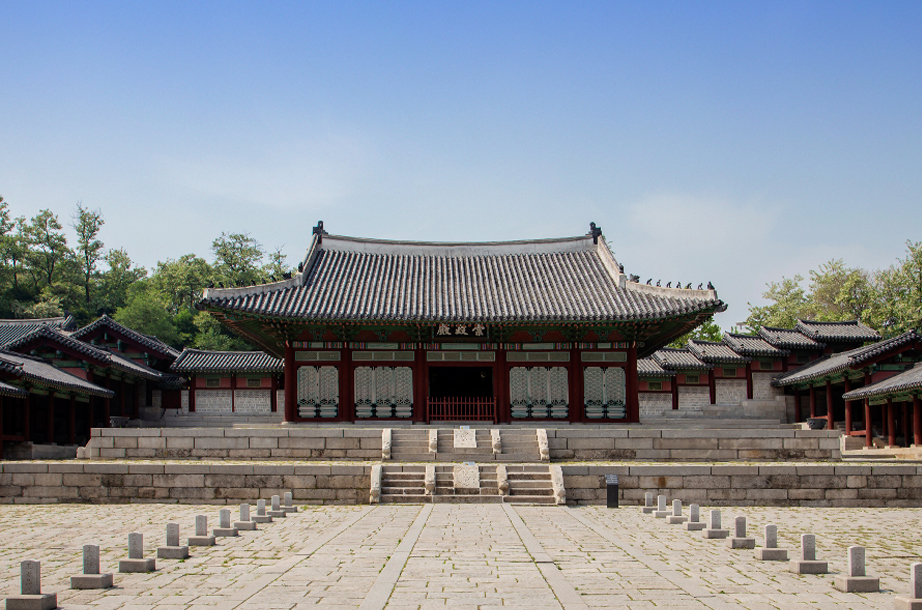Locations
Gyeonghuigung Palace

Address 45, Saemunan-ro, Jongno-gu, Seoul
Contact: 02-724-0274
Seodaemun Station line 5, Gate 4
101, 160, 260, 270, 271, 273, 370, 470, 600, 601, 602, 702A, 702B, 704, 720, 721, 741, N26(night bus), N37(night bus) / (Direct) 1004, 9710, 9710-1 (Airport bus) 6002 /(express) 8600, 8601, 8601A / 9701, 9709 /790, 799, 1002 /7019
Gyeonghuigung Palace was built in 1620 (the 12th year of King Gwanghaegun's reign) as a separated palace from Changdeokgung Palace. Gyeonghuigung Palace originally named Gyeongdeokgung Palace, but was renamed to the current Gyeonghuigung Palace in 1760 (the 36th year of King Yeongjo's reign). It was called Seogueol (palace in the west) to distinguish it from Donggueol-Changdeokgung Palace and Changgyeonggung Palace-, which are the palaces in the east. It was the place where King Sukjong, King Gyeongjong, King Yeongjo, and King Jeongjo lived in the late Joseon Dynasty.
Gyeonghuigung Palace was a large palace with 120 buildings, including Heunghwamun Gate, the main entrance, Sungjeongjeon Hall, Yongbokjeon Hall, and Hoesangjeon Hall. However, when the reconstruction of Gyeongbokgung Palace began in 1865 (the 2nd year of King Gojong's reign), most of the buildings at Gyeonghui Palace were moved and used for Gyeongbokgung Palace. In particular, the remaining buildings were demolished during the Japanese occupation to build a school for Japanese students. When the school was moved in 1978, excavation and restoration work began in the 1980s, and Heunghwamun Gate, Sungjeongjeon Hall, Jungjeongjeon Hall, and Taeryeongjeon Hall were restored to their current state.
- Opening Hours & Admissions: 09:00 ~ 18:00 (Last Admission 17:30), Fress
- Closed:: Every Monday, 1st January
SEOUL MUSEUM OF HISTORY Parking lot(Access hours : 08:00 a.m. - 10:00 p.m)








